
Why Are Flamingos Pink? Fun Facts and Fascinating Adaptations of These Fabulous Birds
Fabulous Flamingo Fun Facts
Flamingos are among the most iconic birds in the world, known for their striking pink color, graceful movements, and fascinating behaviors. But there’s so much more to these elegant birds than meets the eye. From their unique adaptations to their role in maintaining ecosystems, flamingos are truly a marvel of nature. Let’s dive into their colorful world and discover what makes them so special.
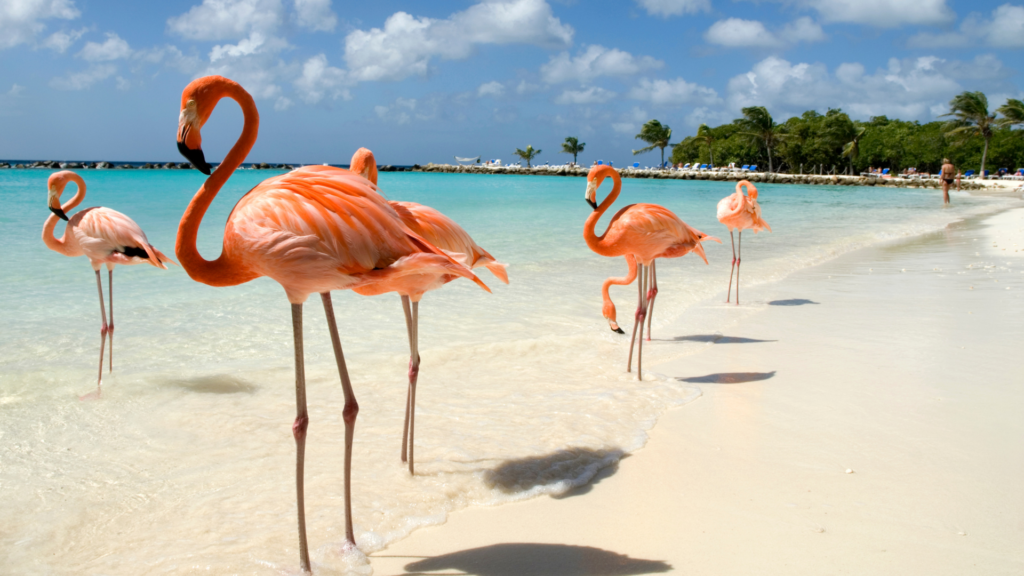
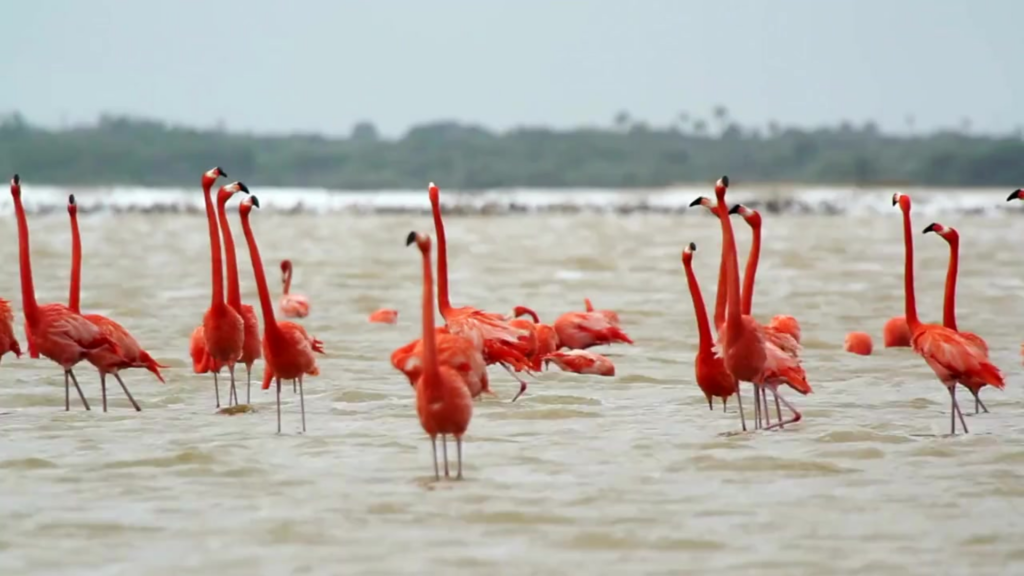



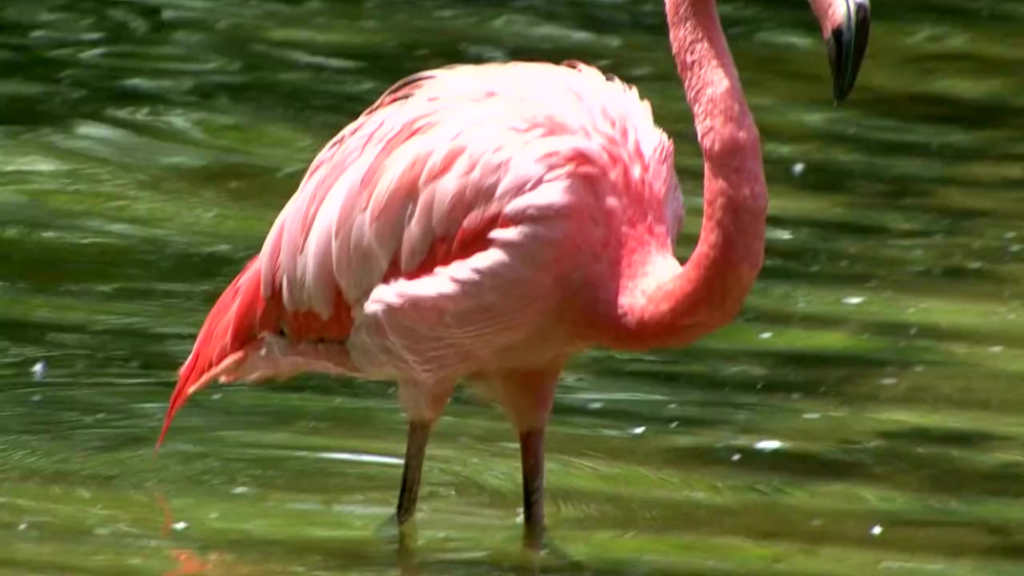
Meet the Flamingo Family
There are six species of flamingos, each with unique characteristics and habitats. Here’s a closer look at some of these vibrant birds:
Greater Flamingo

Description: The largest flamingo species with pale pink feathers and a long neck.
Habitat: Found in parts of Africa, Europe, and Asia, especially in wetlands and lagoons.
Fun Fact: They’re often seen wading in shallow waters with their heads submerged, filter-feeding for food.
Crustaceans, shellfish, fish, sea urchins
American Flamingo

Description: Known for their bright pink or reddish feathers, they’re native to the Caribbean and South America.
Habitat: Coastal regions, lagoons, and estuaries.
Fun Fact: Their vibrant color is often considered the deepest pink among flamingo species.
Why Are Flamingos Pink?
Flamingos owe their beautiful pink color to their diet. They consume shrimp, algae, and other tiny organisms rich in carotenoids—a type of natural pigment. These carotenoids are broken down in their digestive system and absorbed into their feathers, giving them their signature hue. Interestingly, flamingos are born gray or white and don’t develop their vibrant colors until they’re 2–3 years old.
Flamingo Babies: A Fluffy Start
Flamingo chicks start life as fluffy gray or white bundles, completely dependent on their parents. Here’s how their journey begins:
- Incubation: Flamingos lay a single egg, which is incubated by both parents for 27–31 days.
- Feeding: Once hatched, chicks are fed “crop milk,” a nutrient-rich secretion produced by both parents.
- Color Development: It takes 2–3 years for chicks to develop their iconic pink feathers, a process tied to their diet.
Unique Adaptations
Flamingos are perfectly adapted to their environments with fascinating features:
- Beak Design: Their curved beaks and comb-like lamellae enable filter-feeding, allowing them to extract tiny organisms from the water.
- Salt Tolerance: Special glands near their eyes filter out excess salt from the water they drink, enabling them to thrive in salty or alkaline environments.
- Eyesight: Flamingos have excellent vision and can even see ultraviolet light, helping them navigate and forage effectively.




Life in the Flock
Flamingos are highly social birds that thrive in large colonies. These colonies provide protection from predators and enhance their chances of survival. They also engage in synchronized movements and vocalizations to communicate, showcasing their strong social bonds.
Flamingos and Their Role in the Ecosystem
Flamingos play a vital role in maintaining the health of their habitats. By stirring up mud with their feet while feeding, they release nutrients into the water, benefiting other aquatic species. Their feeding habits also prevent harmful algal blooms, keeping their ecosystems balanced.
Conservation and How You Can Help
Flamingos face challenges such as habitat destruction, pollution, and climate change. Efforts like wetland conservation and protected reserves have helped stabilize some populations, but more work is needed. You can help by:
- Supporting organizations that protect wetlands.
- Reducing your carbon footprint.
- Spreading awareness about flamingos and their importance.
Fun Flamingo Facts You Need to Know
- Flamingos can sleep standing on one leg to conserve energy and maintain body temperature.
- They can live up to 50 years in captivity.
- Flamingos are filter feeders and eat with their heads upside-down.
- Their name comes from the Spanish word “flamenco,” meaning flame-colored.
- Flocks of flamingos are called “colonies” or “flamboyances.”
About Flamingos
- Habitat: Wetlands, lagoons, salt flats, alkaline lakes, and estuaries.
- Animal Classification: Birds.
- Species Family: Phoenicopteridae.
- Region: Found in Africa, Asia, Europe, the Americas, and the Caribbean.
- Conservation Status: Varies by species (e.g., Least Concern to Near Threatened).
- Characteristics/Behaviors: Social, Filter Feeders, Color-Changing, Migratory.
Conclusion
Flamingos are far more than their stunning pink feathers—they’re vital to their ecosystems and fascinating creatures in every way. By appreciating and protecting these beautiful birds, we’re also safeguarding the health of the environments they call home. What’s your favorite flamingo fact? Share it with us and join the conversation on why flamingos are pink and so fascinating!
Despite their adaptability, otters are highly dependent on clean, unpolluted water for survival.

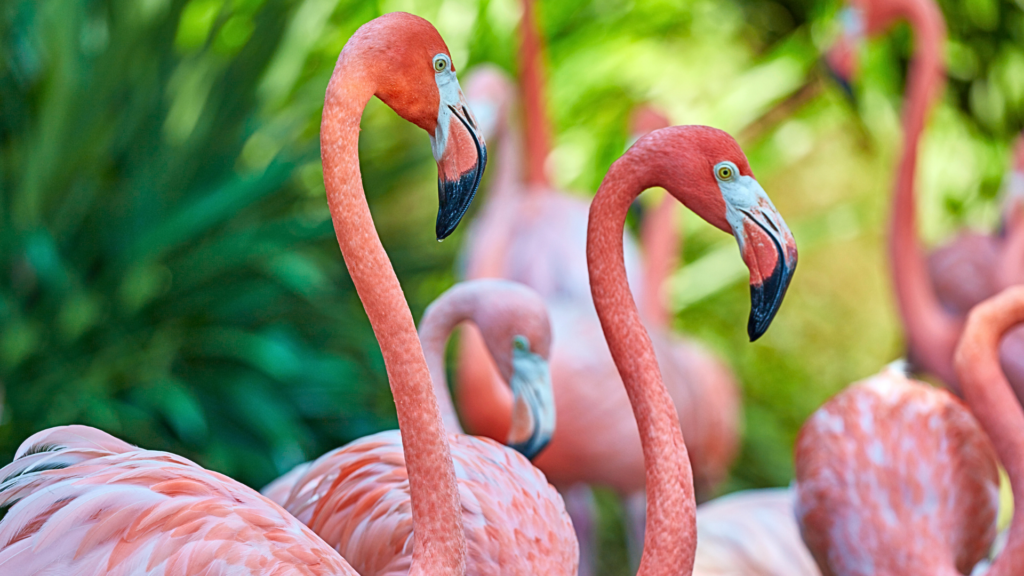
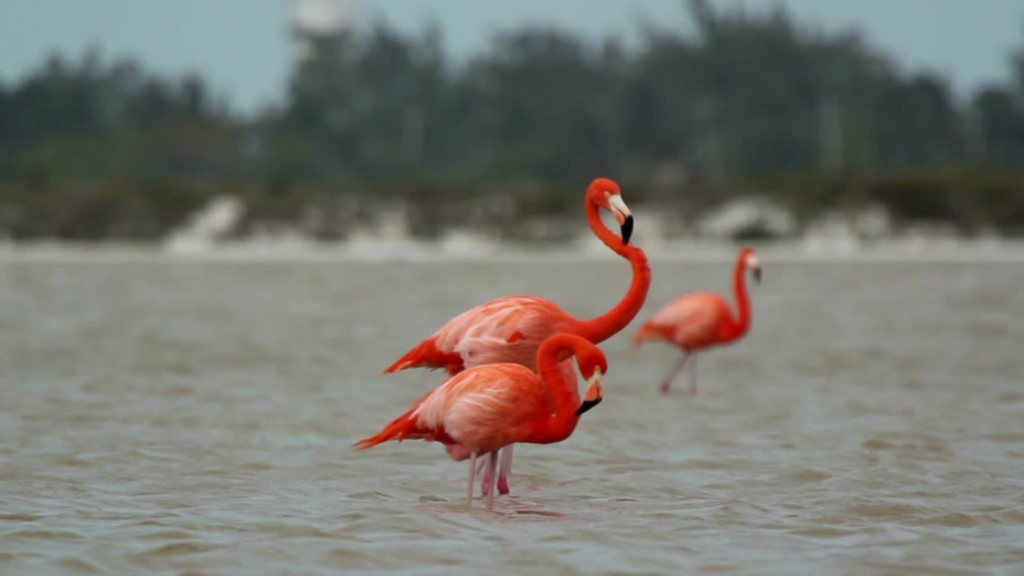
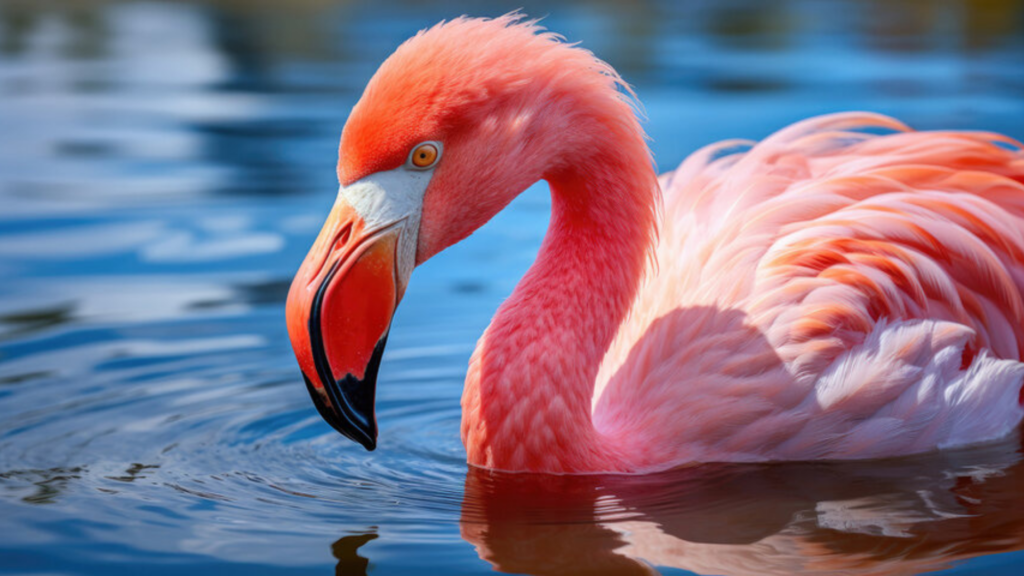
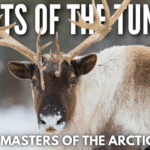



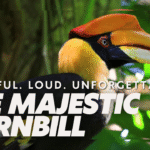
Leave a Reply